Tag: medical translation
Medical Translation for Regulatory Submissions: Why ‘Good Enough’ Isn’t Good Enough Anymore
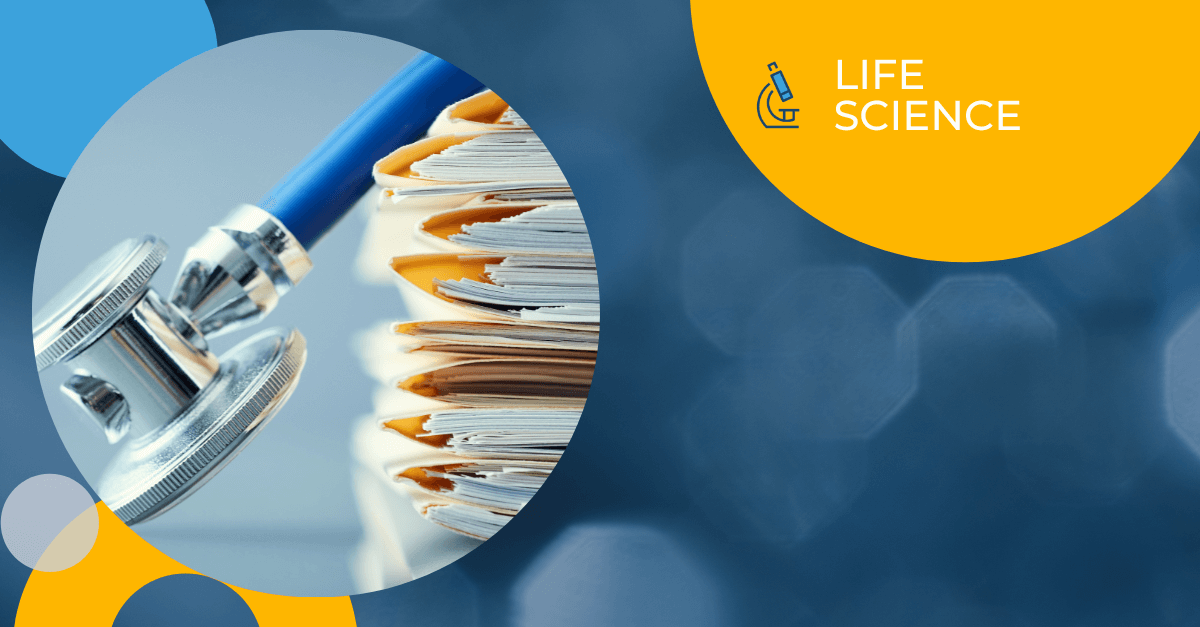
How global trial teams rethink medical translation for regulatory submissions workflows for speed, compliance, and AI-readiness, and why your strategy needed to catch up, yesterday.
What’s the actual cost of outdated medical translation for regulatory submissions?
If you’ve ever sat staring at your inbox, waiting on a translated ICF so a site can open…
If you’ve ever sighed reading a safety report riddled with terminology that missed the mark, again…
If you’ve ever had to re-explain formatting requirements to yet another vendor who just didn’t get it…
Then you already know: Medical translation for regulatory submissions isn’t just operational friction. It’s the silent weight your team carries, again and again, with no real name or strategy behind it. But here’s the shift: What if translation wasn’t a delay to manage, but a lever to accelerate? What if it wasn’t a line item to justify, but a quality function to lead with?
For decades, translation was treated like background noise. But the reality is, it’s always been infrastructure. There is no denying today’s world with tighter timelines, stricter audits, and AI-validated systems. That infrastructure needs to evolve because the risks aren’t theoretical—they’re measurable!
If you have yet to experience it, you won’t want to. Delayed or inaccurate informed consent forms, for example, can halt site activation or worse, jeopardize patient enrollment. Both could cost you millions or months of lost time. Errors in clinical protocols or safety reports have been shown to trigger non-compliance findings during audits, leading to expensive remediation or trial holds. Meanwhile, fragmented vendor management often results in inconsistent quality and a lack of trackability, raising questions about the integrity of submissions.
But this isn’t about fear. It’s about clarity. It’s about seeing what was always true, just sometimes hidden. That your team translates meaning across languages, documents, and jurisdictions is how you show up in trust, precision, and readiness. And once you see that, you can never unsee it.
Why This Moment Is About Reframing a Standard
Decades ago, translation was considered a downstream service. Something reactive, low on the priority list, was managed when it became urgent. But that was a version of the world that no longer exists. Lift your head from your screen and look around. Today, global trials move fast; regulators expect traceability, and digital systems need clean, structured inputs. The old norm where translation could be a task tacked on no longer holds up under modern demands.
The studies confirm this: lagging timelines caused by translation add an average of 4–6 weeks to study schedules globally (Kumar et al., 2022). Quality inconsistency across multiple language service providers results in uneven terminology and reviewer expertise, complicating regulatory reviews and increasing rework (Chen & Patel, 2023). Many organizations still rely on disconnected workflows and manual tracking that come with major risks during inspections (Smith & Garcia, 2021). And with regulatory pressure mounting to incorporate AI-validated processes, traditional workflows risk non-compliance (Li & Wang, 2024; FDA, 2023; European Medicines Agency, 2022).
You don’t have to wait for translation to “become a problem” before elevating it. You can build your team’s advantage around it now. When you shift translation from a checkbox and into strategy, everything downstream can then move faster, safer, and more integrity.
Why This Moment Demands a New Perspective on Translation Strategy
Translation isn’t a service anymore. It’s a system. And systems must scale across geographies, languages, formats, and authorities.
Global regulators like the FDA and EMA are getting sharper on data integrity, traceability, and validated processes. As digital submissions and AI take center stage, your language operations need to hold up under scrutiny (FDA, 2023; European Medicines Agency, 2022).
Because at the end of the day, medical translation is more than converting text. It’s about upholding meaning. Accuracy. Consent. Patient safety. It’s about making sure that what we send out into the world can be trusted.
What Morningside Offers Is Not Just a Platform We Offer a Paradigm Shift
Most platforms optimize what already exists. HUB was built to reimagine what’s possible.
- HUB is a secure, cloud-based platform for managing translation and localization in regulated life sciences. Consolidate your language assets, deadlines, and document versions all in one location. Ensure audit-readiness for every edit, approval, and update made. We facilitate real-time collaboration on translation workflows for global teams and CROs while ensuring regulatory submission preparedness for clinical trial documents, IFUs, informed consent forms (ICFs), and beyond. HUB signifies control, visibility, and compliance in global trial translations.
- HUBai as a part of our HUB+ subscription offers private, on-demand machine translation, designed specifically for early-stage content review and internal exploration while ensuring data privacy and security. It can be used at any time for the quick review of multilingual clinical documents, such as site communications, investigator brochures, or safety reports. This helps to identify which documents need human translation for submission and which are for reference only. Thus, your sensitive study data remains confidential, unlike with public MT engines. Together, these tools deliver transparency, efficiency, and compliance, reducing manual effort, eliminating versioning errors, and accelerating time to market.
Compliance and Quality Assurance in Medical Translation: Built Into Every Step
Morningside’s solutions are ISO-compliant, with linguists and reviewers trained specifically in regulatory language standards. Automated validation checkpoints reduce human error, and centralized audit trails simplify inspections.
Reducing manual handoffs cuts turnaround times and decreases translation errors and inconsistencies. Clinical protocols and investigator brochures, for example, benefit from standardized terminology libraries, ensuring accuracy and smoother regulatory acceptance.
Real Impact You Can Achieve
Global sponsors leveraging HUB can see transformative results: review cycles cut in half from 12 weeks down to 6, improved submission acceptance rates, and stronger control over costs and quality. By centralizing workflows, the platform eliminates fragmented emails and reduces rework, accelerating time-to-market and boosting compliance. It’s not magic—it’s infrastructure. Powered by HUB.
Let’s Talk
You’re not alone in feeling the pressure of tighter timelines, stricter audits, and AI-validated systems. And you don’t have to solve it with duct tape, spreadsheets, and late-night email chains anymore.
We’d love to show you how Morningside’s HUB suite can help you:
- Make translation a strength, not a stressor
- Build workflows that work with AI, not against it
- And align your operations with the kind of compliance that doesn’t keep you up at night
Because when translation works as it should, your whole trial moves faster, safer, and stronger. Let’s talk. Let’s build the future of regulatory translation—together.
About Morningside
Morningside, a Questel company, equips the world’s leading life sciences organizations with a full suite of end-to-end language solutions for their regulatory, clinical, commercial and patent needs. With over 4,000 clients in 55 countries, we’re globally recognized for our life science expertise and technology innovation across pharma, biotech, medical devices, and healthcare. Our life sciences translation services ensure your products and ideas seamlessly reach new markets and comply with all regulatory and cultural requirements through every stage of the product lifecycle from patent to post-market.
Contact Morningside today to discuss how we can support your communication needs and help make your research is accessible to a global audience.
References
Chen, X., & Patel, M. (2023). Advances in medical translation technology for regulatory compliance in clinical trials. Journal of Clinical Regulatory Science, 14(1), 25–38. https://doi.org/10.1016/j.jcrs.2023.01.005
FDA. (2023). Guidance for industry: Use of electronic records and signatures in FDA-regulated clinical trials. U.S. Food and Drug Administration. https://www.fda.gov/regulatory-information/search-fda-guidance-documents/guidance-industry-use-electronic-records-and-signatures-fda-regulated-clinical-trials
Kumar, S., Diaz, M., & Lee, T. (2022). Managing language consistency and quality assurance in multinational clinical trials. Regulatory Affairs Journal, 18(2), 112–126. https://doi.org/10.1177/1234567890123456
Li, Y., & Wang, J. (2024). AI-enabled translation workflows and compliance in life sciences. Journal of Translational Medicine and Informatics, 20(3), 89–104. https://doi.org/10.1016/j.jtmi.2024.02.007
Smith, J., & Garcia, L. (2021). Reducing regulatory risks through centralized translation management. Clinical Trial Insights, 10(4), 67–80. https://doi.org/10.1080/clinicaltrial.2021.004567
Get the latest insights delivered to your inbox
Join us at RAPS 2014!
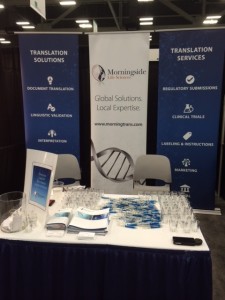
Morningside is @ the 2014 RAPS the Regulatory Convergence in Austin, Texas! If you haven’t worked with us yet and would like to learn more about our medical translation and patent translation services as well as our linguistic validation services for the life science industry, this is an excellent opportunity to connect. Look for us at Booth 328. We have great giveaways and you can enter our raffle to win the new iPad!
Get the latest insights delivered to your inbox
Translating Medical Labeling
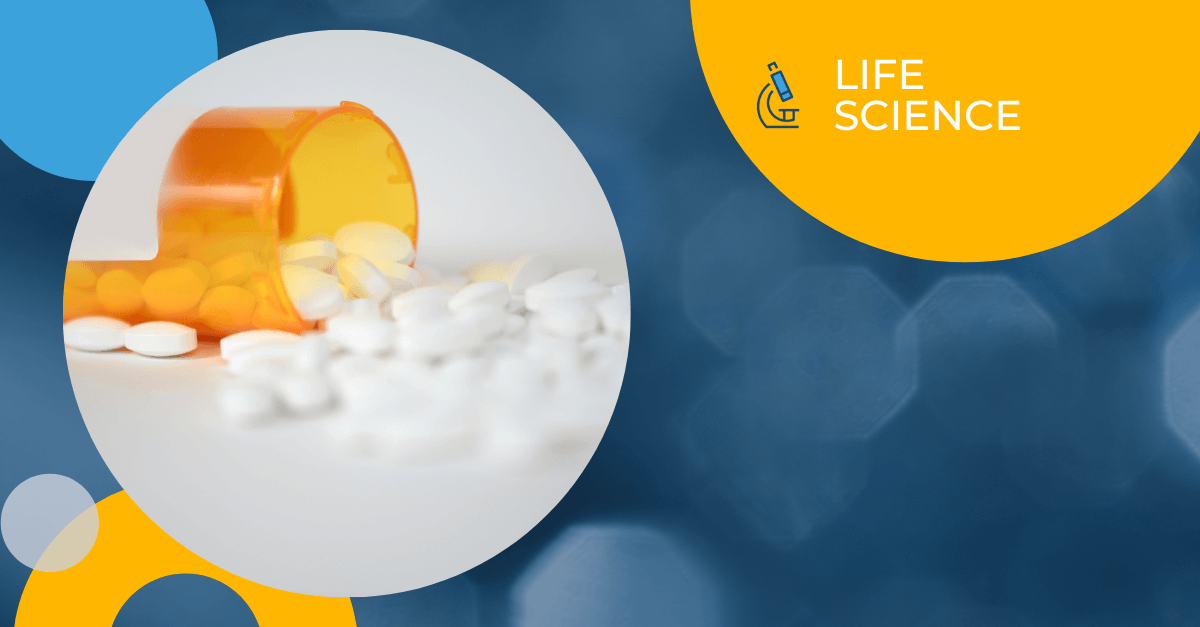
For pharmaceutical and medical device companies, a frequent medical translation need is labeling. Translating labeling and instructions is either an absolute requirement in order to sell their product in a specific target market, or else it is an important step in minimizing risk and liability. Most EU members require that medical device labels be translated into their official language, though some accept labeling in English as long as the device is exclusively for professional use. In practice the majority of medical device companies translate their labeling and instructions for use (IFUs) into the official languages of all EU countries in order to reduce risk and as a marketing tool. Similarly, pharmaceutical companies need to translate medical labeling and information on prescription medication like warnings, side effects, and frequency of use. These labels and instructions must be translated into dozens of languages, and can present a significant medical translation expense for life sciences companies.
In order to lower these medical translation expenses, some life sciences companies have turned to machine translation or cheap translators. This is a big no-no. Medical translation errors in labeling or IFUs could lead to regulatory or civil liability and are a leading cause of medical device recalls. Labeling translation requires absolute accuracy and precision. Machine translation is not yet accurate enough to translate the medical terminology used in medical labels. Likewise, very cheap translation companies either use inexperienced translators or don’t perform critical QA steps like back translations, in-country review, or readability testing. These steps go beyond standard translation industry QA like proofreading and review, and are rarely included in the standard rates that discount vendors are providing. Not only could the quality be an issue, you also could end up paying much more for the medical translation that you realized. Given the risk and liability involved in medical translation, deliverables must be absolutely error free. And the best way to ensure error-free labeling translations is turning to an experienced, ISO-certified medical translation company.
Get the latest insights delivered to your inbox
Exhibiting @ BIO International Convention 2014
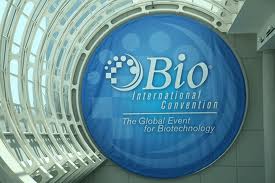
Bio International Convention in San Diego
Morningside is currently exhibiting at the 2014 BIO International Convention in San Diego! We are excited to reconnect with clients and colleagues and keep up-to-date on trends in the industry. If you would like to learn more about our medical translation and patent translation services, stop by booth 736 and say hello!
Get the latest insights delivered to your inbox
Life Sciences Translation
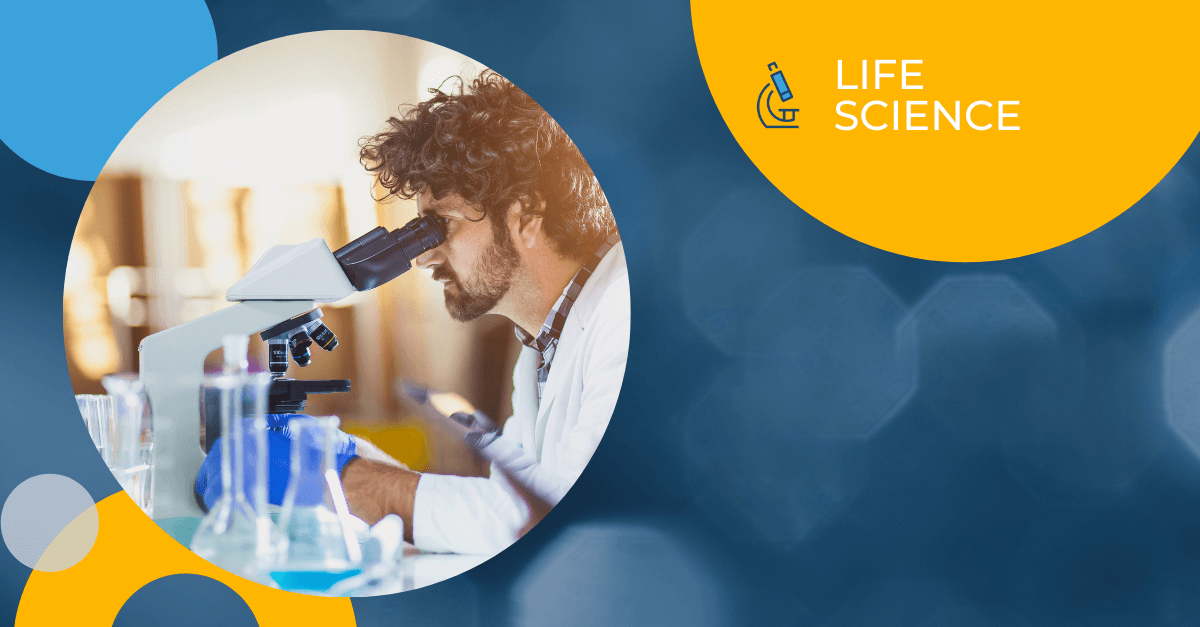
Translations for the life sciences industry is highly specialized and varied, ranging from patient questionnaires for multi-country clinical trials to CMC documentation for regulatory submission with the EMA. Given the international scope of pharma and medical device development and sales, life sciences translation plays an increasingly important role during all stages of the product life-cycle, from pre-clinical development to post-market.
Because life sciences translation requires a specialized medical and/or scientific background, it’s crucial to partner with a translation company that complies with regulatory and risk management standards. It’s also highly beneficial if their life sciences translation team includes in-country medical translators and proofreaders since regulatory laws and linguistic requirements vary significantly from country to country. Finally, you should partner with a company that offers ISPOR-compliant linguistic validation services that can be tailored to your specific needs and budget.
Quality should be the primary factor in selecting a life sciences translation company, but the ability to meet tight deadlines and competitive rates can’t be discounted. Don’t be shy about asking for volume discounts, references, and how rush translation projects are handled.
As always, if you have questions about life sciences translation, Morningside is glad to be of assistance.
Get the latest insights delivered to your inbox
Why Native Speakers are Vital for Medical Translation

Why Native Speakers of the Target Language are Vital for Medical Translation
Within the translation industry, best practice indicates you should always use a translator who is a native speaker of the target language. This is especially important in medical translation.
A native speaker of the target language knows how to translate the meaning and intent into the cultural and idiomatic language, whereas a non-native speaker might make an error that could have serious ramifications. From affecting the quality of patient care to medical mistakes that result in legal action, there is simply no room for error when it comes to medical translation.
Medical documents often combine highly specialized and technical terms with colloquial language and cultural idioms. For example, a medical professional may quote a patient who states they are ‘feeling blue’. The translator must deal with both the technical and colloquial use of this phrase, preserving the meaning and ensuring that readers of the target document gain full comprehension of the text. The selection of appropriate language to convey metaphors, analogies, idioms, and other culturally contingent uses of language relies upon a deep level of familiarity with the language, culture and history of the target language that is often not formalized in any particular text or other resource.
Native speakers also have a greater understanding of the subtle differences between the various audiences to whom the translated document is targeted. Medical terms have a number of synonyms–the use of particular terms depends on context, audience and culture.
For example, it is sometimes necessary to translate medical documents for the use of individuals with varying levels of medical knowledge. An essential skill medical translators should possess is understanding that the same term can be translated to both ‘hypertension’ and ‘high blood pressure’ and knowing for which audiences to use each term. Native speakers who are aware of the commonly used terms in both the medical field and colloquial language are, therefore, invaluable. Without this level of familiarity, the target document will not fulfill its purpose – to be understood by the audience for whom it is intended.
With the growing level of globalization and human migration across the globe, the accurate transmission of medical knowledge and medical documents across language barriers is vital. Public health bodies need to discharge their duties, medical professionals must care for their patients, healthcare companies must interact with clients and colleagues, and the legal system must deal with conflicts. All of these areas must work across language barriers, and for these translations to be as accurate and meaningful as possible, native speakers are essential for medical translation.
About Morningside
Morningside, a Questel Company, provides life sciences organizations with end-to-end language solutions for their regulatory, clinical, commercial, and patent needs. With over 4,000 clients in 55 countries, they are recognized for their life science expertise and technology innovation across pharma, biotech, medical devices, and healthcare. Their life sciences translation services ensure products and ideas reach new markets and comply with all regulatory and cultural requirements throughout the product lifecycle.
Get the latest insights delivered to your inbox
Issues in Medical Translation
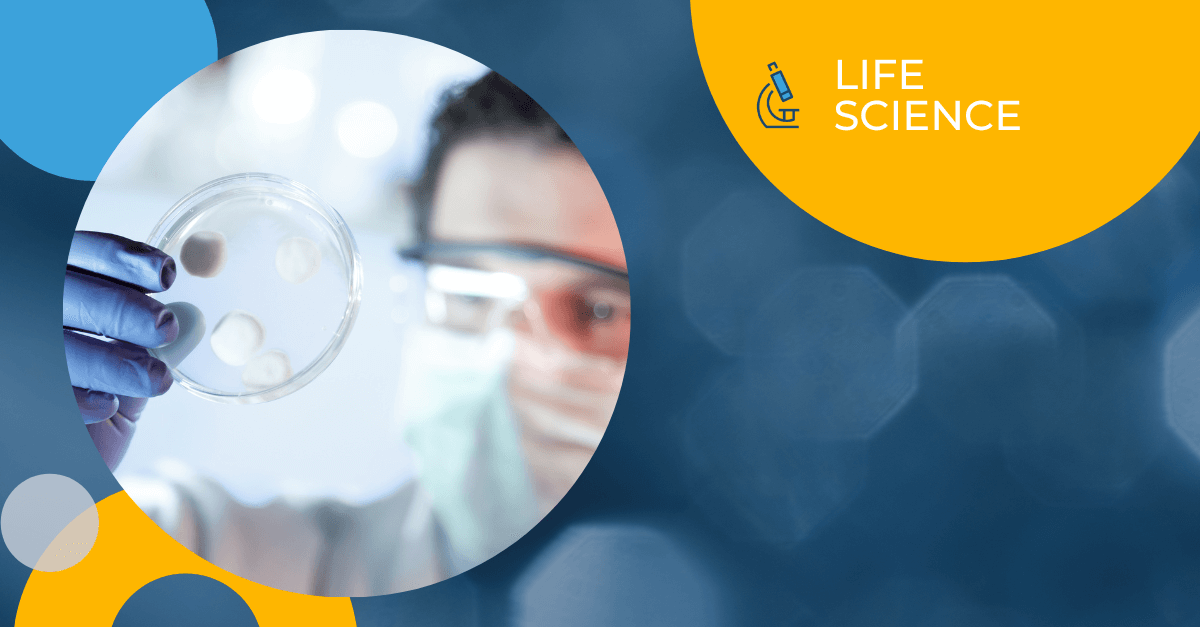
One issue that comes up in medical translation is proper terminology. When translating medical documents, should the medical translator use the scientific term or the layman’s term for a medical condition, treatment, or diagnosis? For example, in German, the proper scientific term for high blood-sugar disease is the same as in English–Diabetes. But most Germans use the term Zuckerkrankheit, literally ‘sugar disease.’ If you are providing a medical translation into German for doctors and other medical professionals, clearly the term Diabetes should be used. But if you are translating a popular scientific text, patient questionnaire, or drug label into German, then it would be better to use Zuckerkrankheit.
This dual-term quandary comes up frequently in German, where one medical term is often used by professionals, and another is used by the general population. As always when translating documents, the choice of terminology depends on who your target audience is: a clinical trial protocol should include the scientific term; an informed consent form (ICF) should include everyday terms the subject will clearly understand. It is also important to maintain consistency–if you are using a scientific term for a medical condition you should do so throughout the document.
Keep in mind that patients are better informed and more familiar with medical terminology than in the past, so it often makes sense to include the scientific term along the layman’s term. If the condition is rare it makes the medical translator’s job easier–you have to use the scientific term because there is no everyday equivalent. Having a clear understanding of the purpose of the translation and what it will be used for will help guide you through the translation process. Morningside’s certified medical translators are also available to assist.
Get the latest insights delivered to your inbox
BIO Preview: Translations & The Biotechnology Industry
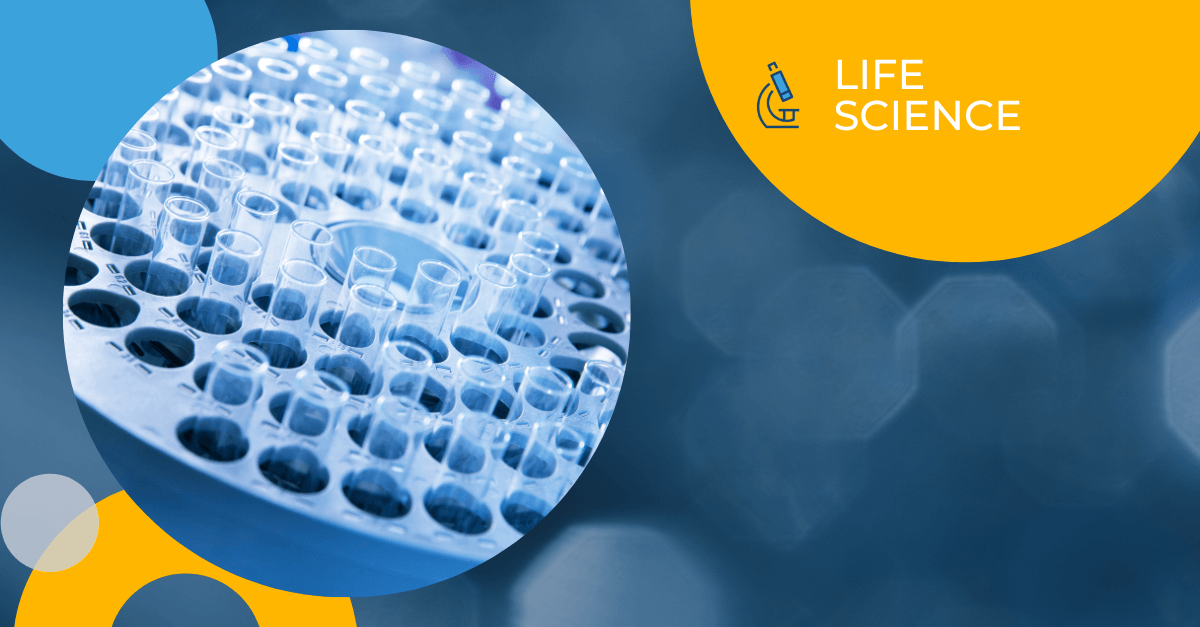
The BIO International Convention takes place next week in Washington, DC and Morningside will be attending (our 4th year in a row). We thought it would be timely to provide an overview on how medical translations are used by biotech companies. The need for translations can come up throughout a product’s life cycle–from R&D, to clinical trial, regulatory submission, manufacturing, and finally sales and marketing. Let’s take a closer look at the role translation services play at each stage.
R&D – During research and development, it’s often necessary to read and understand relevant foreign language documents including papers, patents, reports, and scientific publications. German and Japanese documents come up most frequently. Tip: The translator should have a solid background in the particular technical field at issue. Industry experience is helpful, but not essential.
Clinical trial stage – At any given time, more than 300 clinical trials are taking place, often in multiple countries. Case report forms, informed consents, patient-reported outcomes, and other documents have to be translated to and from multiple languages. Full linguistic validation including cognitive debriefing of translated PROs may also be needed. Tip: For linguistic validation, it’s important to work with a translation company, like Morningside, that relies on the well-structured methodologies outlined by ISPOR and EORTC.
Regulatory submissions – Biotech companies who want to get their product approved in global markets need to submit dossiers, labeling, adverse events, and other documents to the regulatory authorities in the local or official languages. In addition to the EU and Japan, BRICs countries (Brazil, Russia, India, and China), Latin America, and other emerging markets have become increasingly important, and that means translating regulatory documents into Brazilian Portuguese, Russian, Simplified Chinese, Latin American Spanish, and other languages. Tip: Regulatory translations require specific knowledge of the country’s dossier format and terminology requirements. In-country translation and review is a must.
Manufacturing – Biotech companies that design or manufacture products oversees need to translate health and safety manuals as well as SOPs into the local language where their facilities are located. Tip: Translated manuals must conform to local labor laws, safety regulations, customs, and cultural sensitivities.
Sales & marketing – To effectively market biotech products oversees, companies need to think locally. Product websites, brochures, and promotional materials need to be translated and localized, keeping in mind cultural sensitivities and local health issues and concerns. And local dialect. Tip: When translating into Spanish, there are important regional variations, even within Latin America. Mexican Spanish and Rioplatense Spanish spoken in parts of Argentina and Uruguay are quite different.
We’ll have more to say about translating for the biotech industry and medical translations in general, including localization advice and tips for lowering translation costs.

